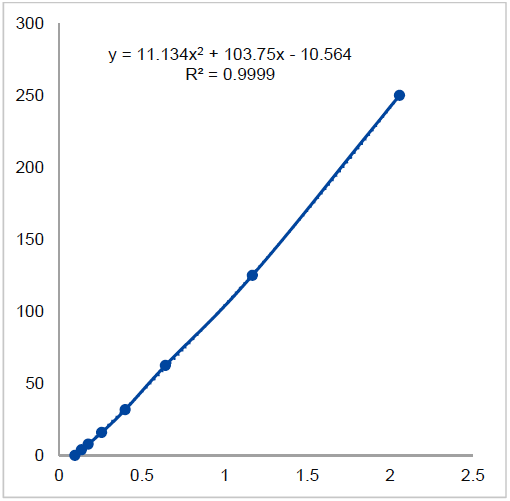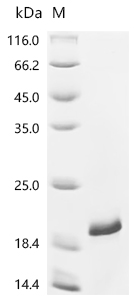IL-36gamma (aa 13-164) (mouse) (rec.) (untagged)
AG-40B-0100
Protein IDQ8R460
Product group Proteins / Signaling Molecules
Overview
- SupplierAdipoGen Life Sciences
- Product NameIL-36gamma (aa 13-164) (mouse) (rec.) (untagged)
- Delivery Days Customer10
- CertificationResearch Use Only
- Concentration0.1 mg/ml
- Estimated Purity>95%
- Protein IDQ8R460
- Protein NameInterleukin-36 gamma
- Scientific DescriptionIL-36alpha (IL-1F6), IL-36beta (IL-1F8) and IL-36gamma (IL-1F9) bind to IL-36R (IL-1Rrp2) and IL-1RAcP, activating similar intracellular signals as IL-1 and are inhibited by IL-36Ra. The expression of IL-36 cytokines has been shown to occur at different sites including the lung and skin and can be derived from diverse cell types including keratinocytes, bronchial epithelium as well as macrophages, monocytes and different T cell subsets. IL-36 family members induce the production of proinflammatory cytokines, including IL-12, IL-1beta, IL-6, TNF-alpha and IL-23 in BMDC and CD4 T cells, thus promoting neutrophil influx, dendritic cell (DC) activation, polarization of T helper type 1 (Th1) and IL-17-producing T cells (alphabeta T cells and gammadelta T cells) and keratinocyte proliferation. These cytokines may represent potential targets for immune-mediated inflammatory conditions or, alternatively, could be used as adjuvants in vaccination. IL-36gamma is also induced in the lung in various models of asthma and can be produced by bronchial epithelial cells in response to viral infection, smoke or inflammatory cytokines. - Protein. Mouse IL-36gamma (aa Gly13-Ser164) is untagged. Source: E. coli. Endotoxin content: 95% (SDS-PAGE). IL-36alpha (IL-1F6), IL-36beta (IL-1F8) and IL-36gamma (IL-1F9) bind to IL-36R (IL-1Rrp2) and IL-1RAcP, activating similar intracellular signals as IL-1 and are inhibited by IL-36Ra. The expression of IL-36 cytokines has been shown to occur at different sites including the lung and skin and can be derived from diverse cell types including keratinocytes, bronchial epithelium as well as macrophages, monocytes and different T cell subsets. IL-36 family members induce the production of proinflammatory cytokines, including IL-12, IL-1beta, IL-6, TNF-alpha and IL-23 in BMDC and CD4 T cells, thus promoting neutrophil influx, dendritic cell (DC) activation, polarization of T helper type 1 (Th1) and IL-17-producing T cells (alphabeta T cells and gammadelta T cells) and keratinocyte proliferation. These cytokines may represent potential targets for immune-mediated inflammatory conditions or, alternatively, could be used as adjuvants in vaccination. IL-36gamma is also induced in the lung in various models of asthma and can be produced by bronchial epithelial cells in response to viral infection, smoke or inflammatory cytokines.
- Storage Instruction-20°C,2°C to 8°C
- UNSPSC12352202



